If you wanted to make a profit on a 166 – not one of Alfa Romeo’s most revered designs but certainly among its more comfortable propositions – then really you should have snapped one up in 2009, when we named it “Britain’s worst depreciating used car”, with the average example worth just 14.4% of what it had cost new.
By that point, the 166 had been out of production for just over two years, having been quietly put out to pasture following a sharp drop in demand for a car that was never exactly popular in comparison to its French and German rivals.
Prices couldn’t dip much further, however, and the average price for a decent, running and driving example today is hovering around £2500 – but not for long, according to Racheal Whitehead, Alfa Romeo parts supplier and 166 aficionado. “If you want one, now really is the time to buy one as the prices are going up in the UK,” she says.
Click here to buy your next used car from Autocar
Perhaps we shouldn’t be too shocked, then, that one seller is asking a confident £9995 for an (admittedly extremely clean) example of this oft-derided luxobarge. That’s the most expensive 166 currently on sale and it comes equipped with the coveted 3.0-litre V6 top-rung motor, rare Aurora Iridescente paintwork and a fresh-looking leather interior. Add to that the fact that it has been garage-kept for the past six years, has just 38,000 miles on the clock and comes with a full service history, and there’s no wonder it tops out the 166 market.
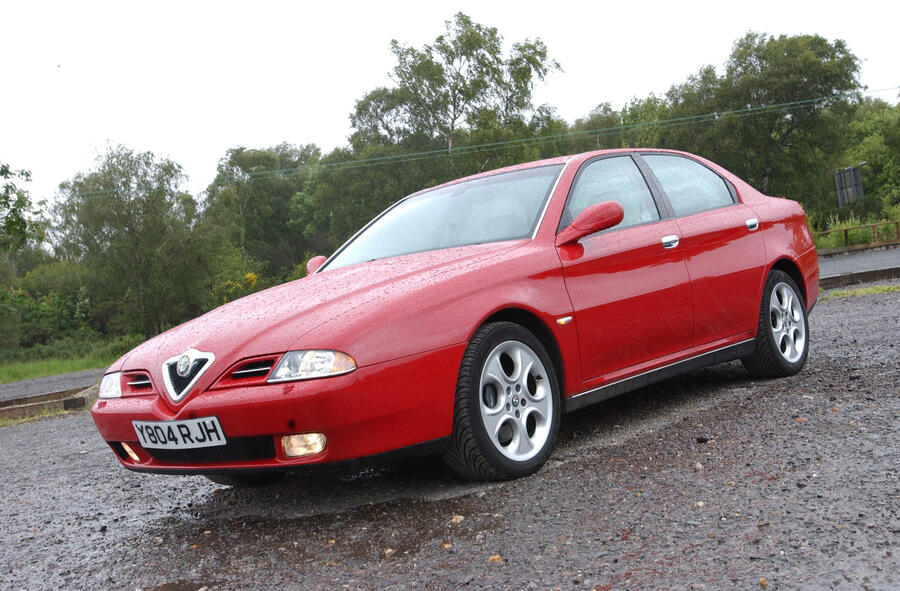
There are, happily, much cheaper cars around, and you needn’t forego that lovely sounding six-shooter. You can find 3.0-litre cars for around £3000 – if you’re feeling lucky – and there was a 2.5-litre V6 as well for variety. The 166 could also be had with a 2.0-litre Twin Spark, which is still a lovely powerplant, and a highly acclaimed 2.4-litre diesel, although this latter version was discontinued in the UK in 2003 and appears all but extinct on our shores.
Most right-hand-drive 166s are pre-facelift cars. The 2003 facelift ushered in a substantially overhauled design, chassis tweaks and a raft of engine revisions, but the 166 was dropped from Alfa Romeo’s UK line-up just two years later as a result of poor sales. You can find these later cars, but they’re few and far between.
Low uptake for Alfa’s answer to the BMW 5 Series means that those who chose it cared for it. There’s only a handful of what you might call ‘project cars’ in the classifieds, and the majority have been lightly used and maintained with little regard for cost by owners who recognise its classic potential.
How to get one in your garage
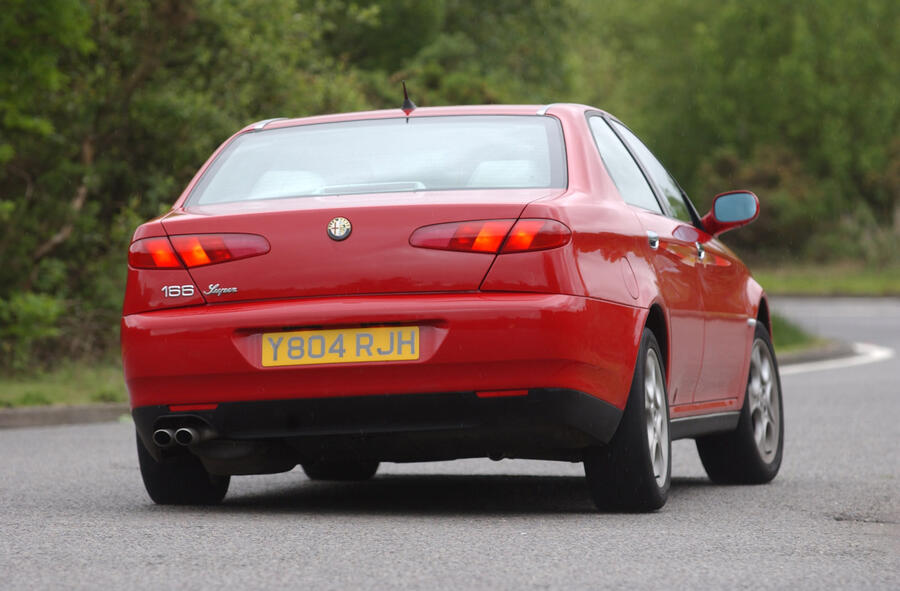
An expert's view
Rachael Whitehead, Italiparts: “We’ve owned about 50 so far. We’ve been on a mission to stop them being scrapped, fix them and find the right new caretaker for them. I believe less than 3000 came to the UK in total and there are about 400 left. I have made an effort to find as many as I can. My personal preference is the 3.0 V6 Sportronic but the 3.0 V6 Supers seem to be the most popular in the UK.”
Buyer beware...
â– Engine: Recently changed cambelt is a strong selling point, particularly on the complex 2.0-litre Twin Spark motor. Alfa Romeo recommends every 72,000 miles on the V6, but 50,000 miles on the same belt is pushing your luck, in reality. Change the water pump at the same time for peace of mind, and because petrol cars are prone to timing variator wear (the engine will sound diesel-esque on start-up), swap that out as well. Check the coolant hoses feel fresh, because overheating can lead to a colossal headache.
â– Bodywork: Galvanised body panels mean rust isn’t as much of a worry as it is with older Alfas but is still worth thinking about. Check dirt traps, such as the tops of the rear suspension struts and behind the plastic cladding at the front of the sills, as well as the bumper mounts at each end and the inside of the front wings. Get details of any previous body repairs, as substandard welding and paintwork can lead to issues down the line. Treat any stone chips to prevent corrosion and refresh the underseal.
â– Electrics: Clogged engine bay drain holes can cause the heater matrix to leak onto the ECU on Sportronic gearboxes, so check for drips and find a way of covering the electrical components behind the passenger footwell. Central locking problems are common and can usually be traced to a dirty contact, sticking pins or a dud motor – all of which can be repaired at home. The heater fan motor is a known weak spot and tricky to replace because access is best from the engine bay.
â– Interior: Plastic trim elements are known to become sticky as the years go by. Replacement is best, but cleaning with meths and refinishing with vinyl paint won’t cost the earth. A ‘climate control fault’ error message is likely to be linked to the heater matrix and motor issues.
Also worth knowing
A lack of power, poor fuel consumption and irregular revving on the 2.0-litre Twin Spark could signal impending doom, or it could be as simple as the airflow meter packing up. You’re lucky if it’s the latter, as a replacement can be bagged for less than £80 and takes a matter of minutes to fix. If you’re going to see a rough runner, it’s worth taking a new airflow meter with you to make sure you’re not signing up for a costly engine rebuild.
How much to spend
£500-£999: Neglected pre-facelift cars in need of paint and a comprehensive service.
£1000-£2999: High-mileage pre-facelift runners, likely due a cambelt change at least.
£3000-£4999: Well-kept V6 cars. Some facelifts.
£5000-£6999: High-spec, low-mileage 3.0-litre examples with lots of paperwork.
One we found
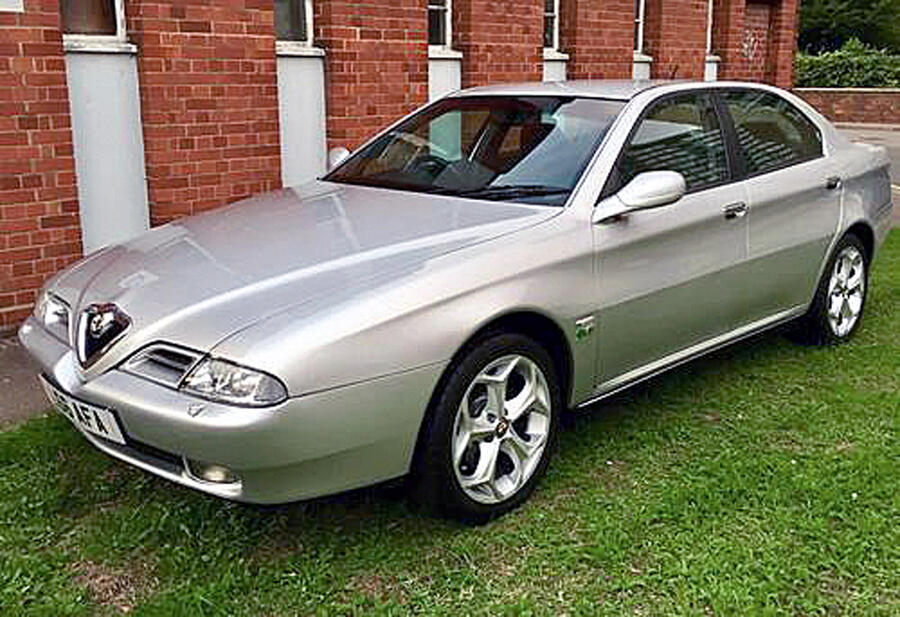
Alfa Romeo 166 2.5 V6, 2002, 87k miles, £4780: Strong money for a 166 but, with prices on the up, it’s these clean low-milers that are on track for the biggest value hike. This collector-owned car is a good spec, too, with the 2.5-litre V6 mated to a Sportronic gearbox and desirable Chiaro silver paint.
READ MORE
Alfa Romeo Giulia and Stelvio Quadrifoglio upgraded for 2020

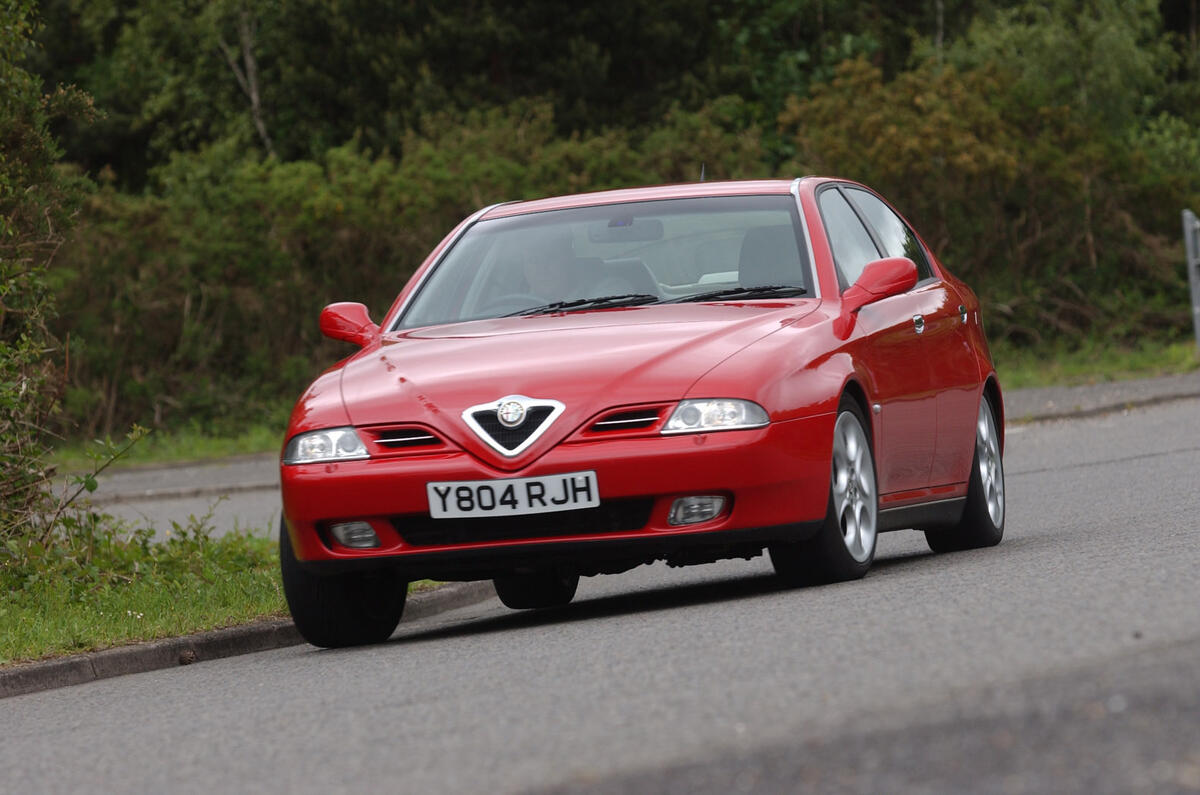
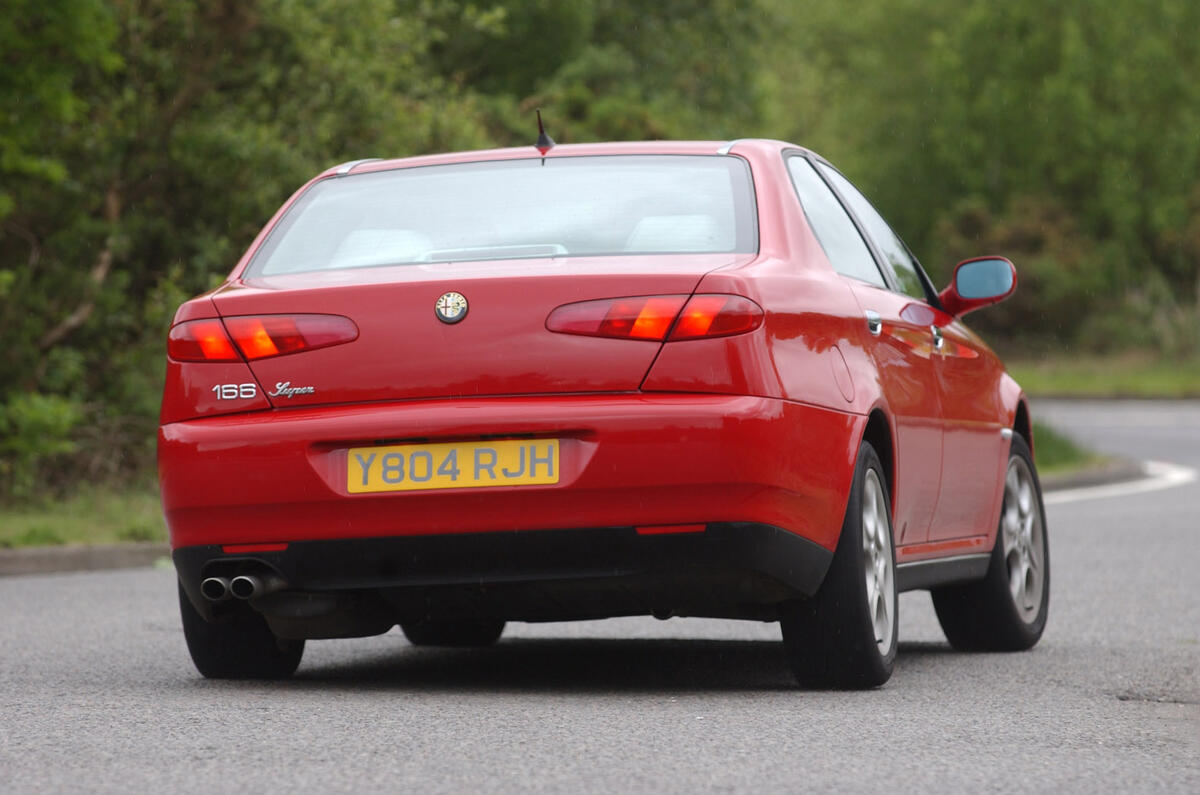
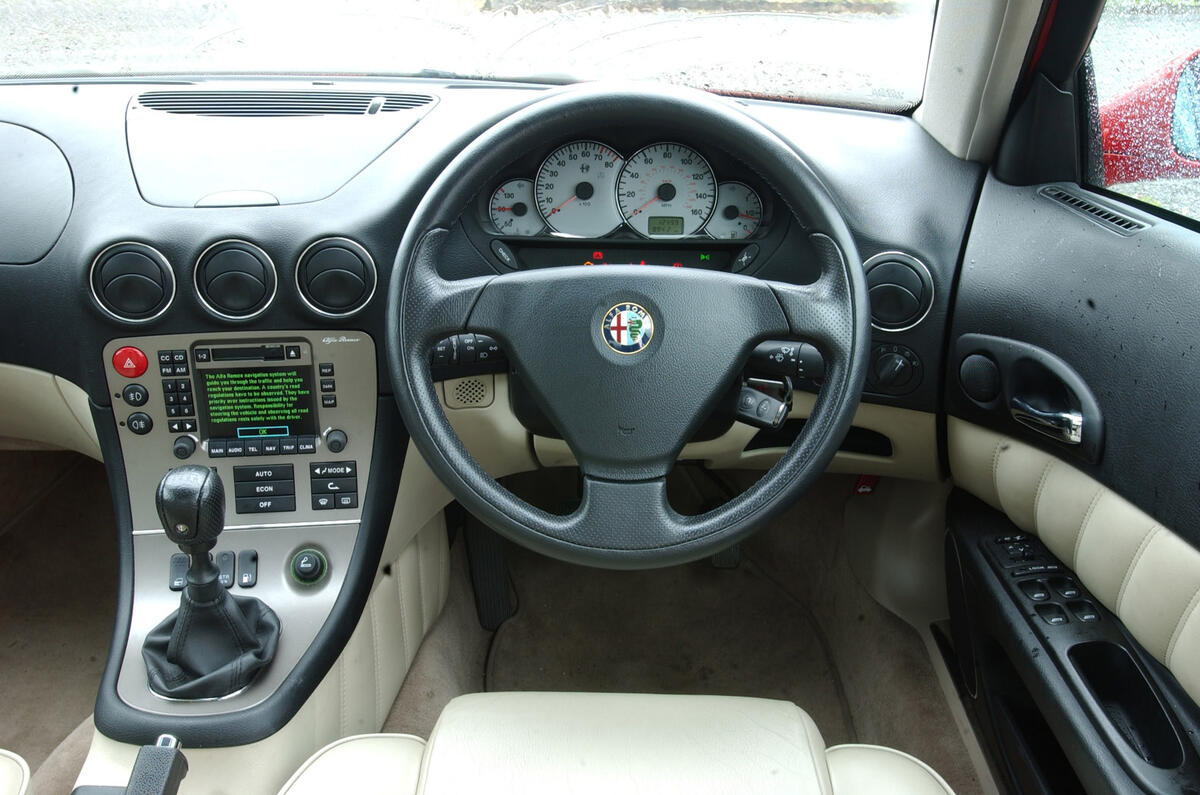
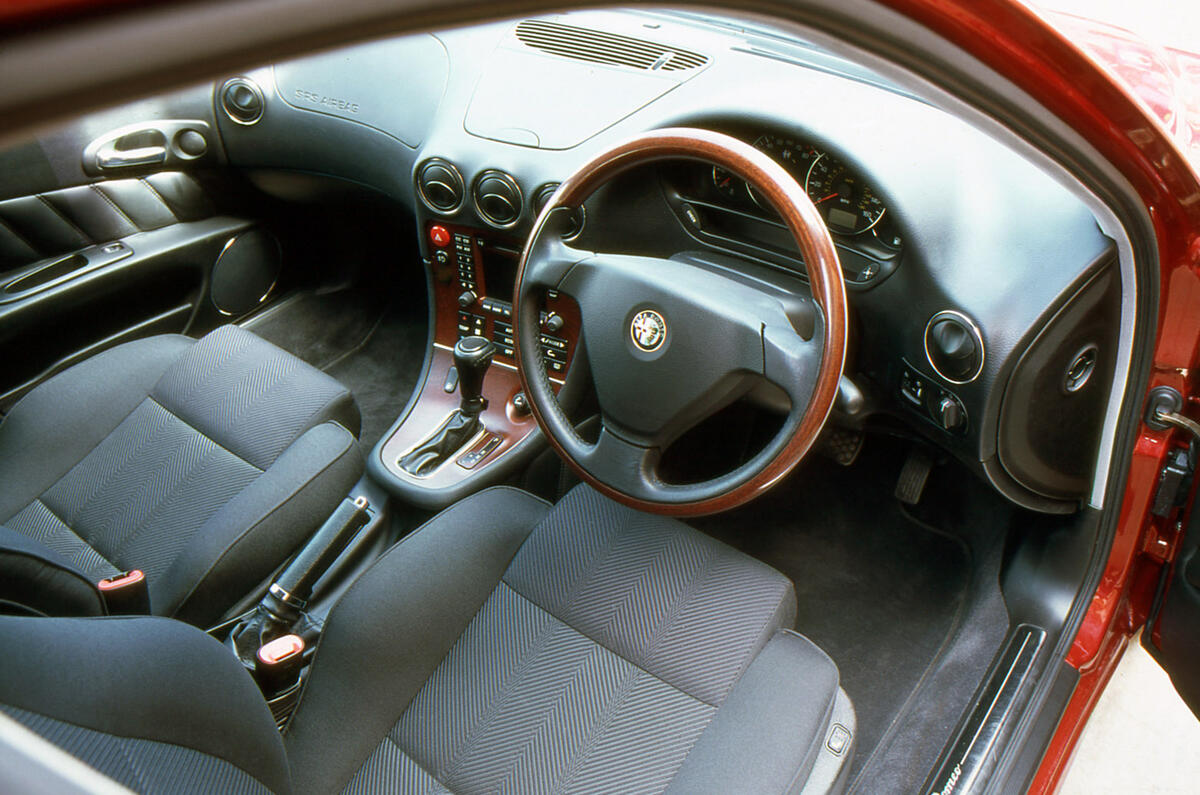
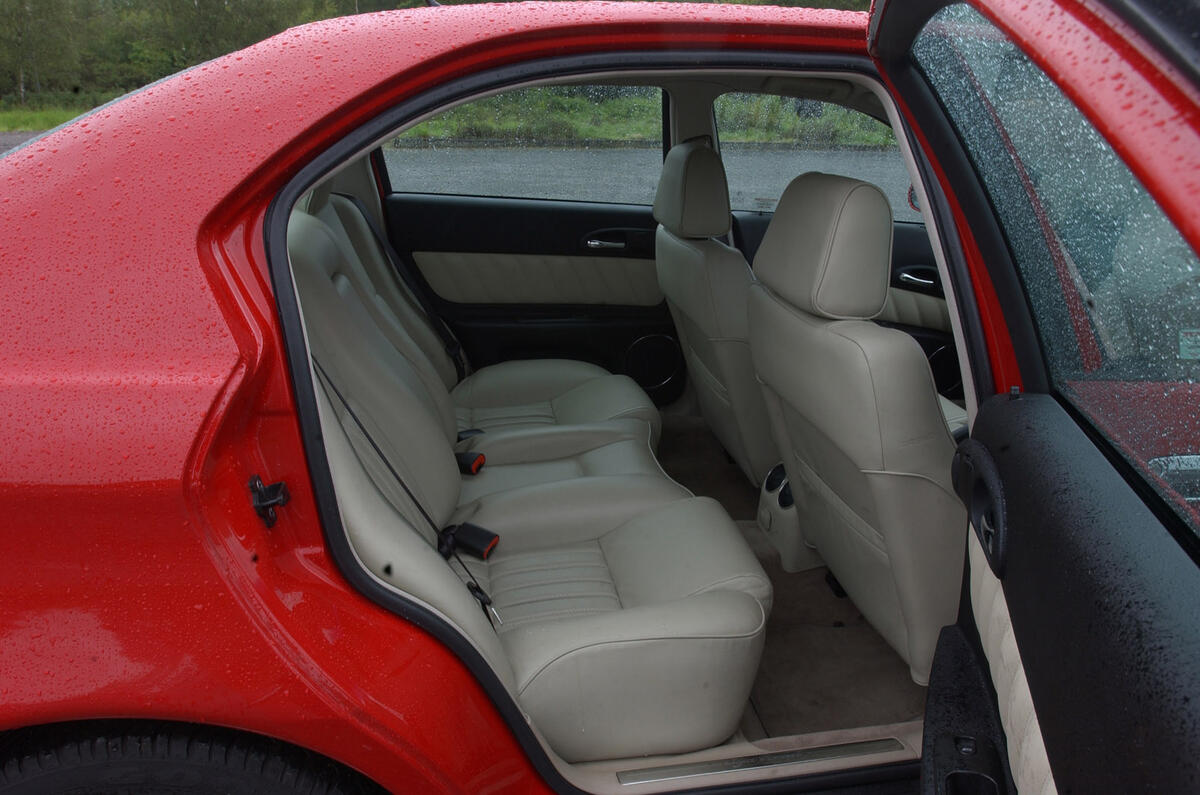
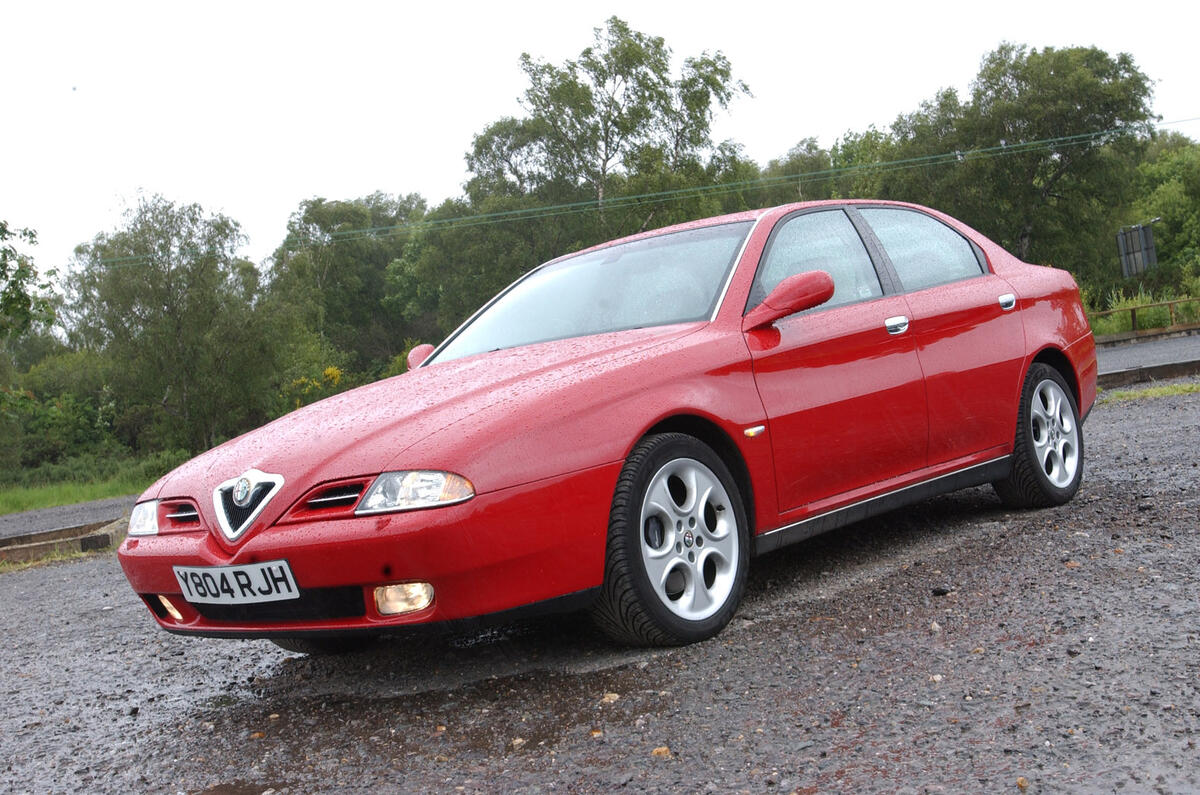
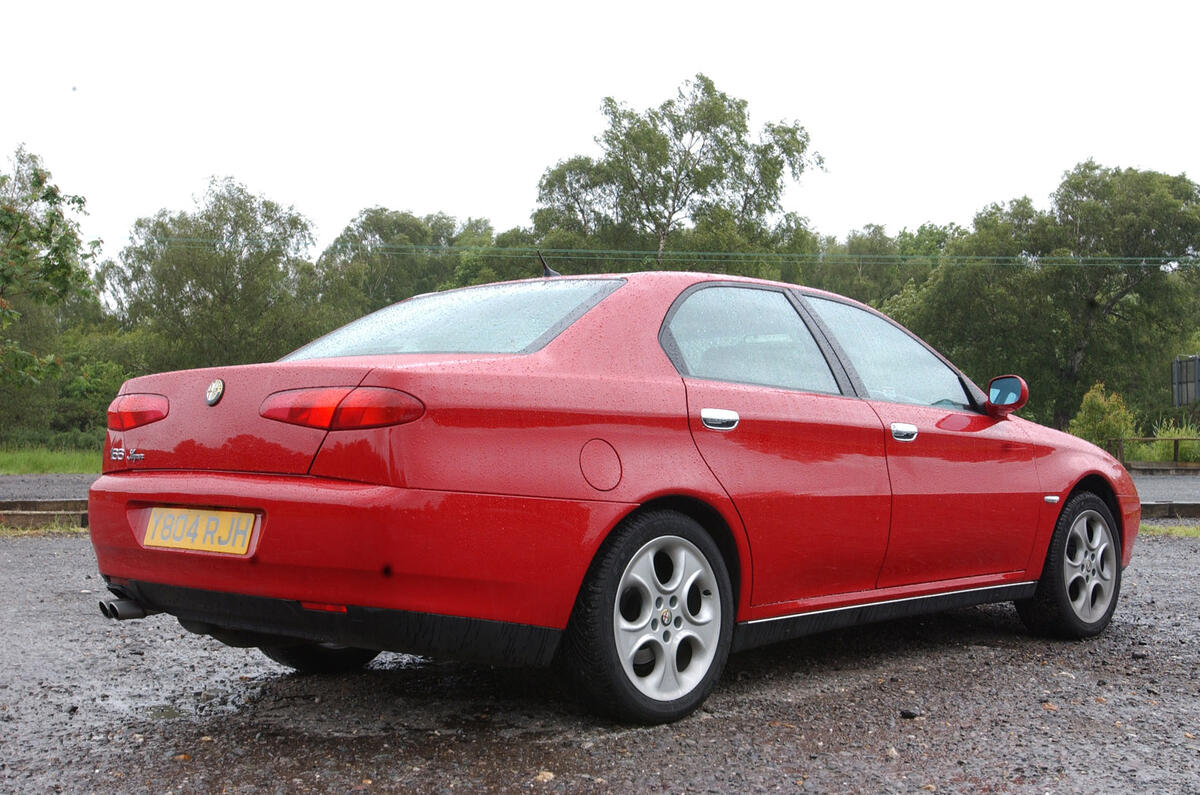
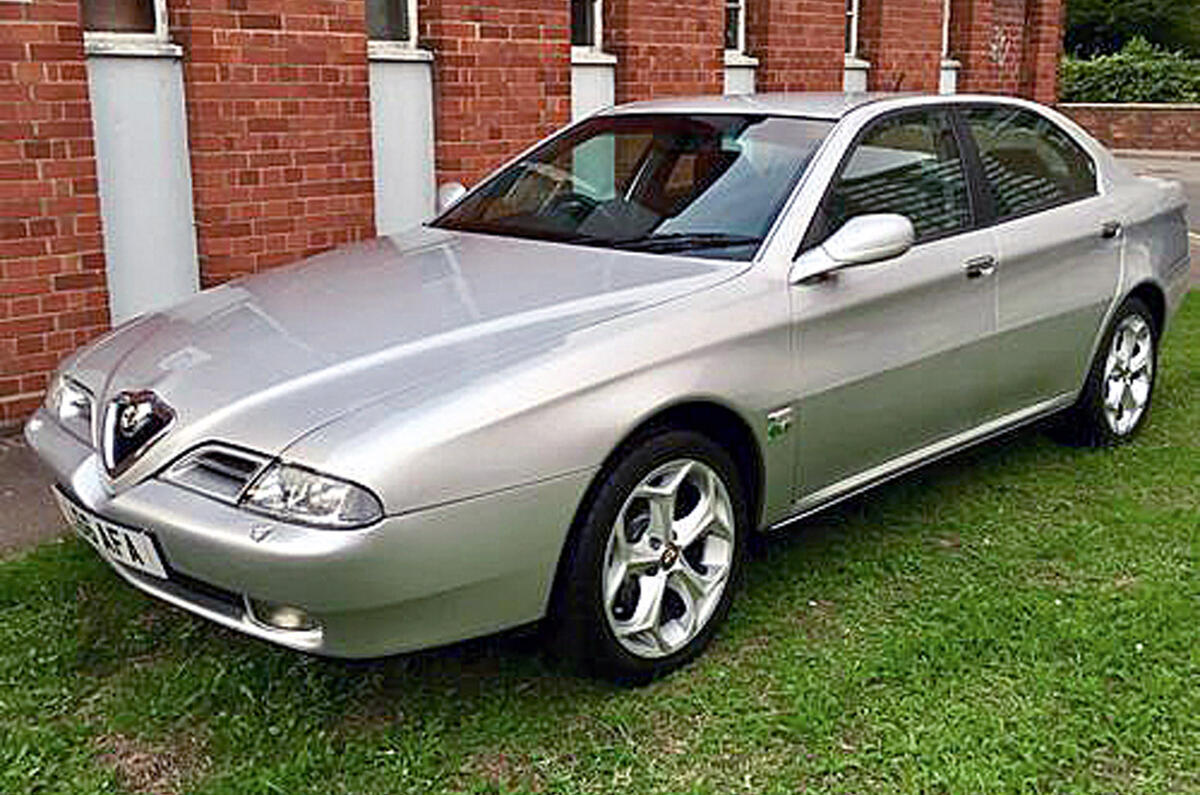

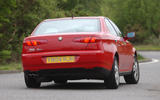
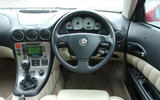
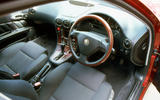

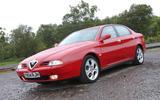
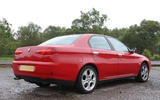







Join the debate
Add your comment
tempting - prefer the facelifts. the dash on these is pretty shonky: not old and analog enough to be classic, just a weird collection of reverse angle surfaces and some dodgy displays.
I didn't 'get' these upon release. Preferred the more harmonous styling of the 164 and 156. But now, after a couple of decades of dumbed down stylistic blandness from most brands, these look absolutely BRILLIANT.
I always preferred the facelift front end.
Felix you really need to buck up your ideas research wise the Alfa 166 was never available with the diesel in the UK sadly.
As I said earlier Autocar is really going downhill lately.